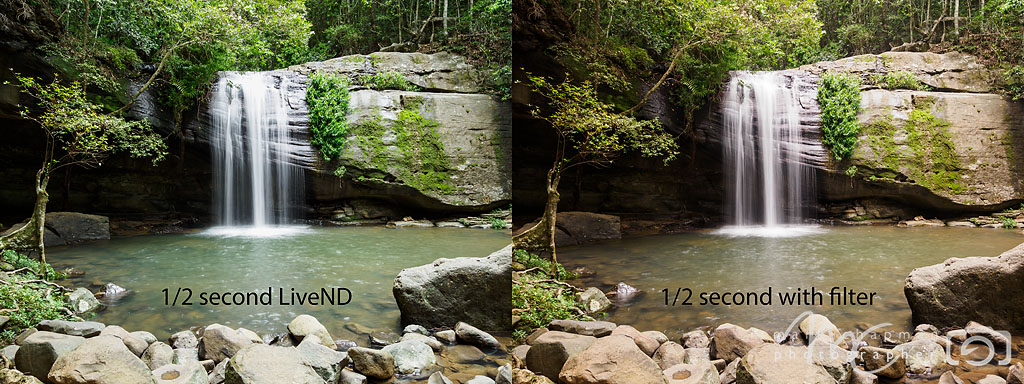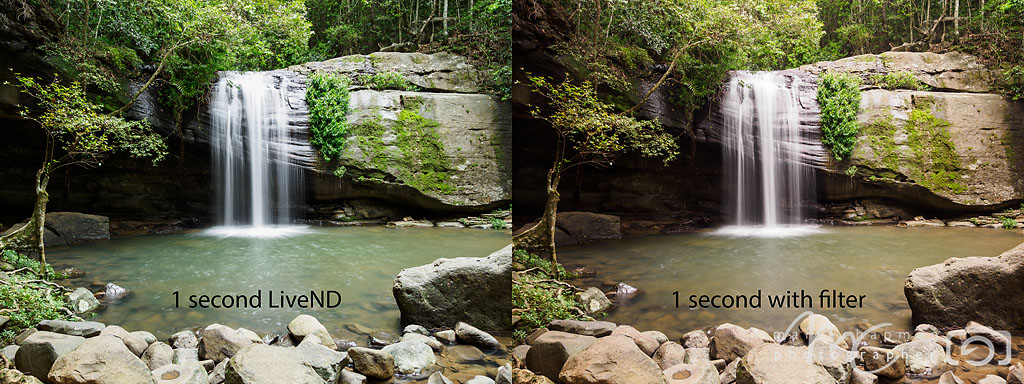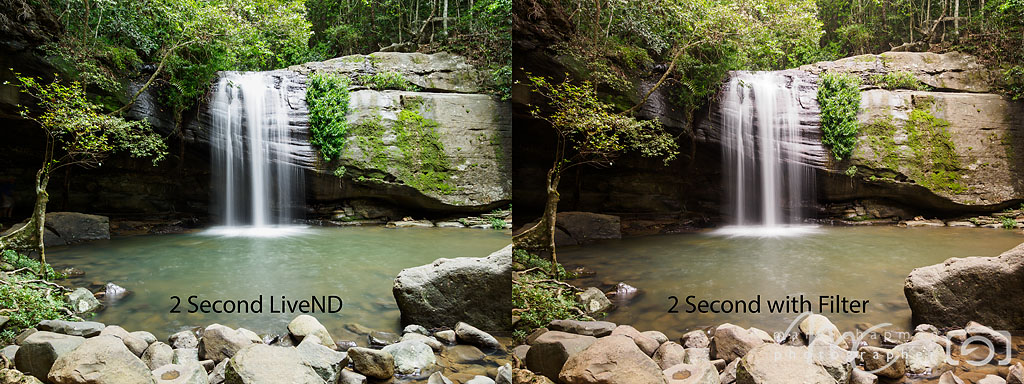When considering buying the new Olympus E-M1 MkIII, one thing I searched for and couldn't really find was direct comparison images between the built in (electronic) ND filter of the Olympus E-M1 MkIII, E-M1X and regular ND filter
So after purchase I had the chance to do just that
The process was about a direct comparison of same subject, same day, same time
These images are not edited, the process was not about how well images could be processed so please don't make it about that. There is a slight WB shift in some of teh images, but again nothing that is worth losing sleep over
Shot with Olympus OM-D E-M1 MkIII - Olympus 12-100mm f4.0 Pro Lens - Screw on ND filter was a cheapie E-Bay Job







 Thanks useful information:
Thanks useful information: 






 Reply With Quote
Reply With Quote Add To Bookmarks
Add To Bookmarks


























 Threadstarter
Threadstarter











